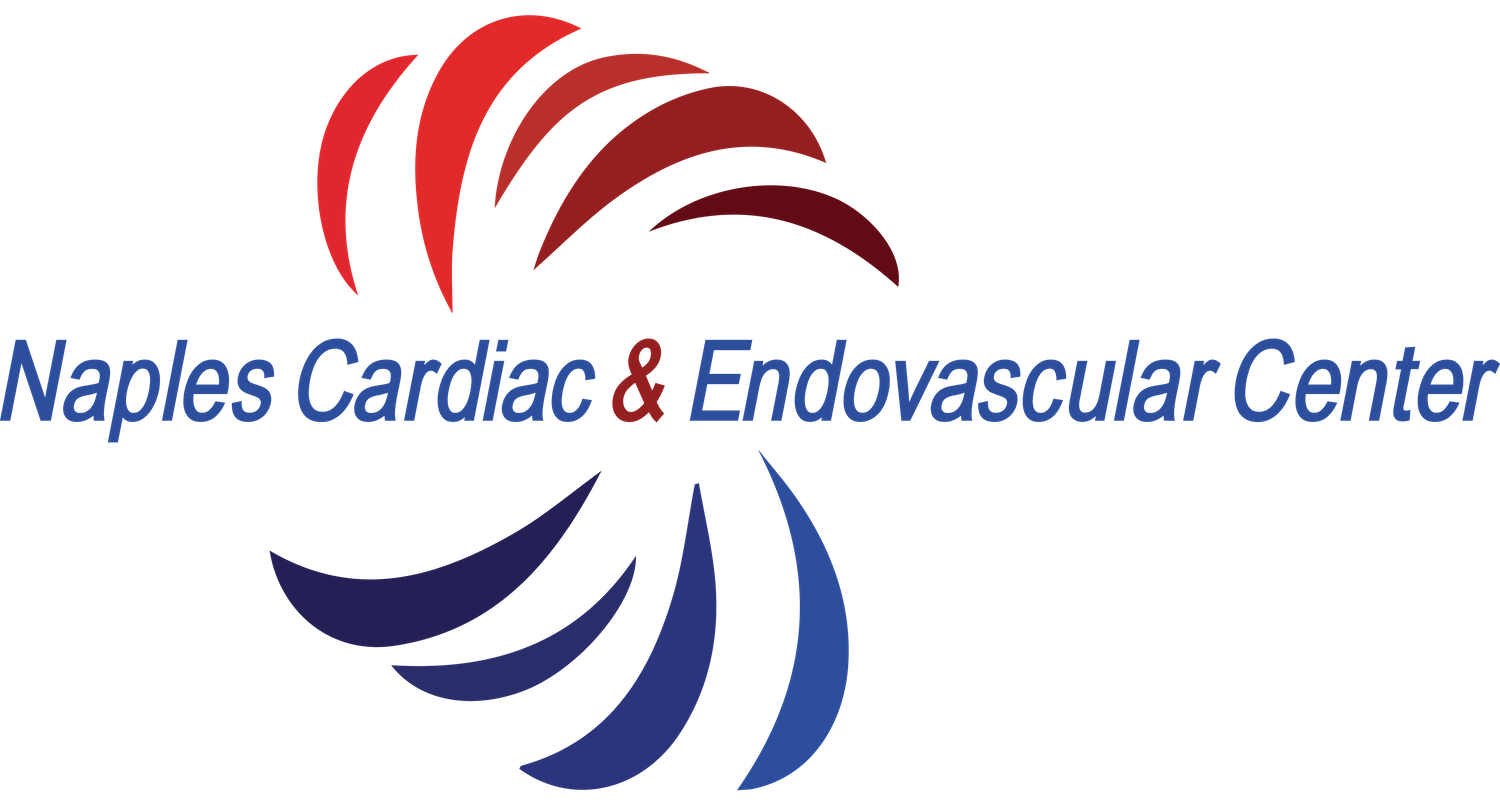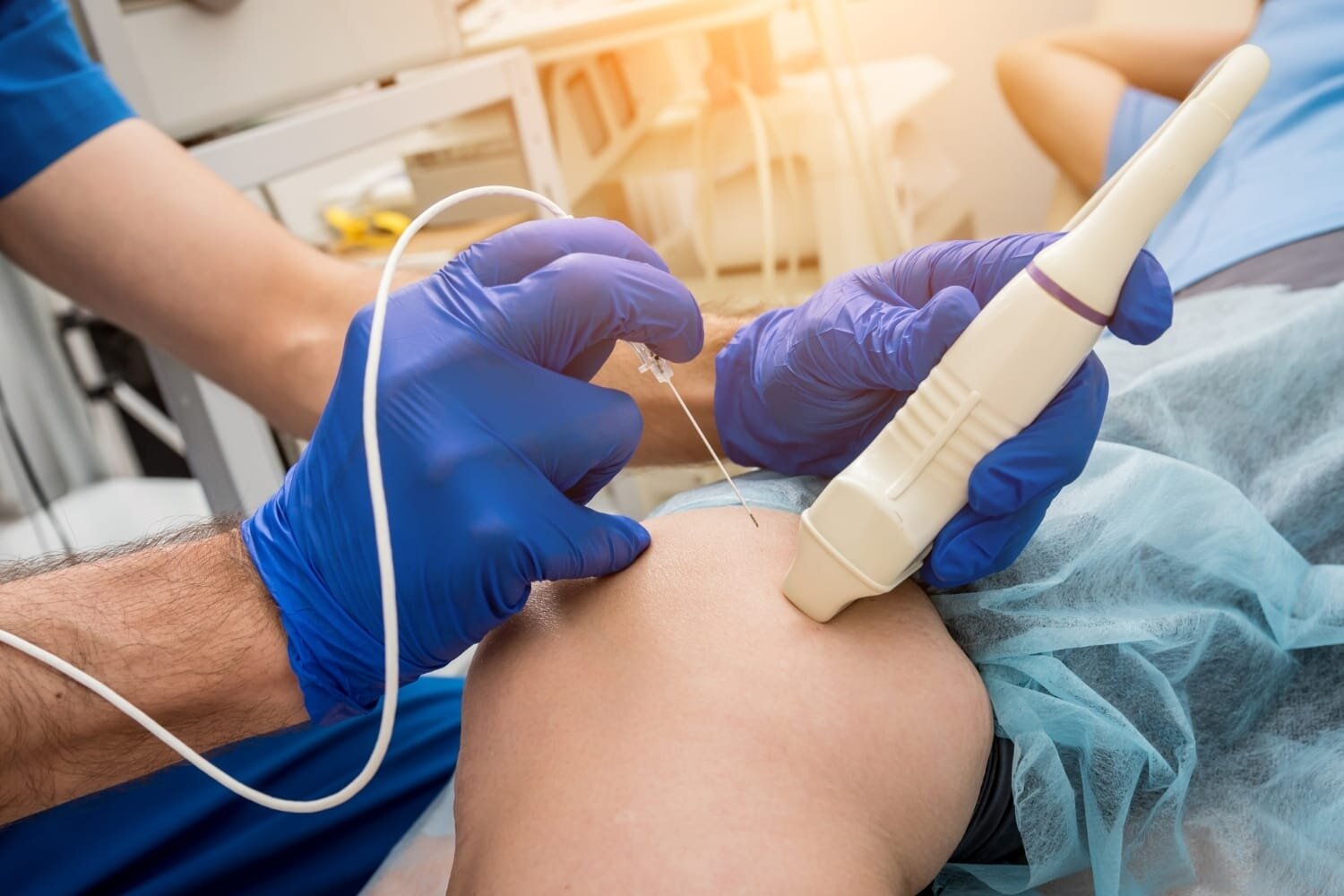Vein Ablation for Varicose Veins
Vein stripping is not the only way to treat varicose veins. Ablation procedures have become popular for the treatment of varicose veins over the last 15 years. There are three different methods by which ablation is achieved, sclerotherapy and endovascular therapy, which uses either radiofrequency or a laser. These procedures are popular as they can be performed in an office setting. As varicose veins are veins that have become damaged due to overstretching and poorly functioning valves, these procedures cause scarring to occur within the vein to close off the vein, preventing any movement of blood within the vein. Once the varicose veins have scarred and closed off, this reduces or eliminates the symptoms from varicose veins.
Vein Ablation procedures are performed in an outpatient setting, usually within the doctor’s office. These procedures are minimally invasive with small cuts or incisions and a prompt return to normal activities.
Sclerotherapy and endovascular therapy are the two most popular vein ablation options
Sclerotherapy Vein Ablation
Uses a sclerosant, which is a drug that when combined with air forms a substance with the consistency of foam.
Ultrasound is used before and during the procedure to locate the veins, most importantly, the saphenous vein.
A small incision or needle stick is made into the Saphenous vein to place the sclerosant.
The sclerosant destroys the lining of the vein, which in turn leads to scarring with closure of the vein on itself. This prevents any blood from flowing through the vein.
This procedure can be repeated multiple times for the treatment of varicose veins.
Endovascular Therapy Vein Ablation
Uses either a laser or a radiofrequency probe, both of which use heat.
Ultrasound is used before and during the procedure to locate the veins, most importantly, the saphenous vein.
A small incision is made in the saphenous vein at the level of the knee to place a guide wire or catheter, which is inserted from the knee to the groin in the saphenous vein.
Within the catheter either a laser or radiofrequency probe is directed and the catheter removed.
Numbing medication is placed around and through the vein to protect surrounding tissue from being damaged from the heat and to allow for comfort.
The laser or probe is slowly drawn through the vein, allowing the heat to damage the inside wall of the vein. The damage to the wall scars the vein and closes it off, preventing the flow of blood through the vein.
What to look for during vein consultation
There are many benefits to ablation procedures, but not everyone is able to have an ablation procedure to treat varicose veins. If you have daily pain and swelling from varicose veins, visit with your doctor to discuss your medical history and undergo a full examination of your varicose veins to determine if an ablation procedure is right for you.
Talk to a Vein Specialist.
Speak with our team of board certified vein specialists in Naples, Florida. They will discuss your medical history, perform a thorough exam, and explain which, if any, vein ablation procedure is right for your varicose veins treatment.
To request a Varicose Vein consultation click below or call (239) 300–0586

